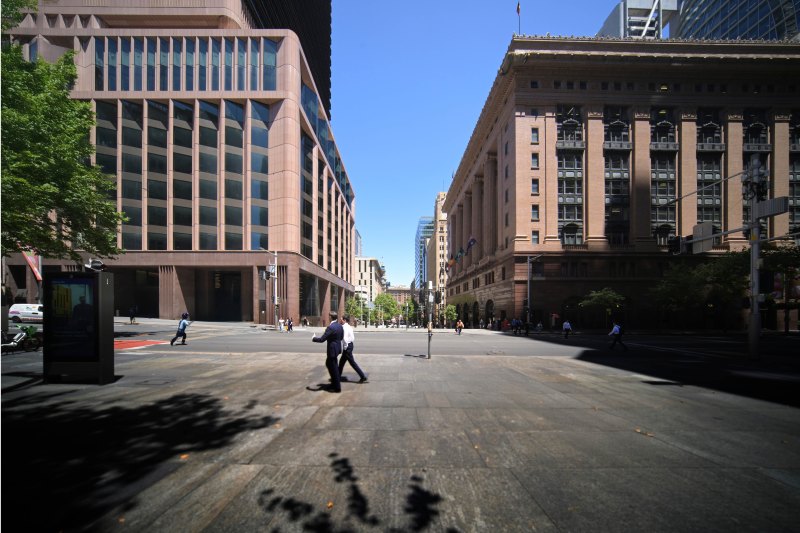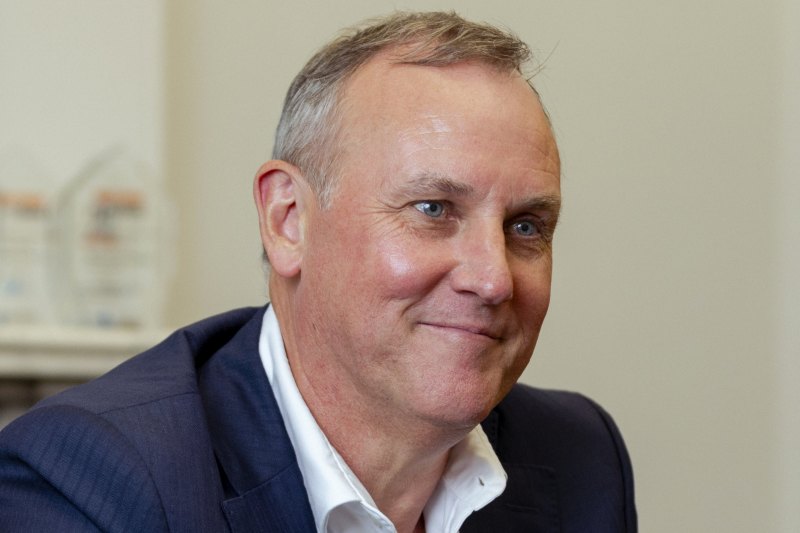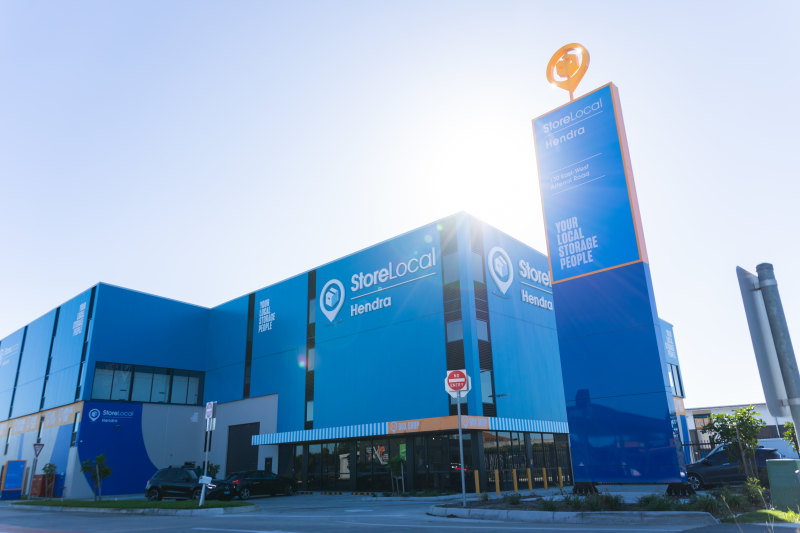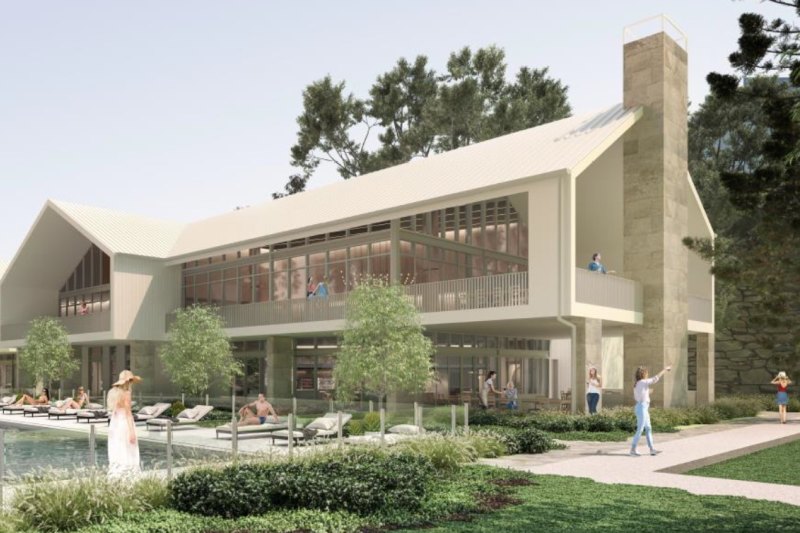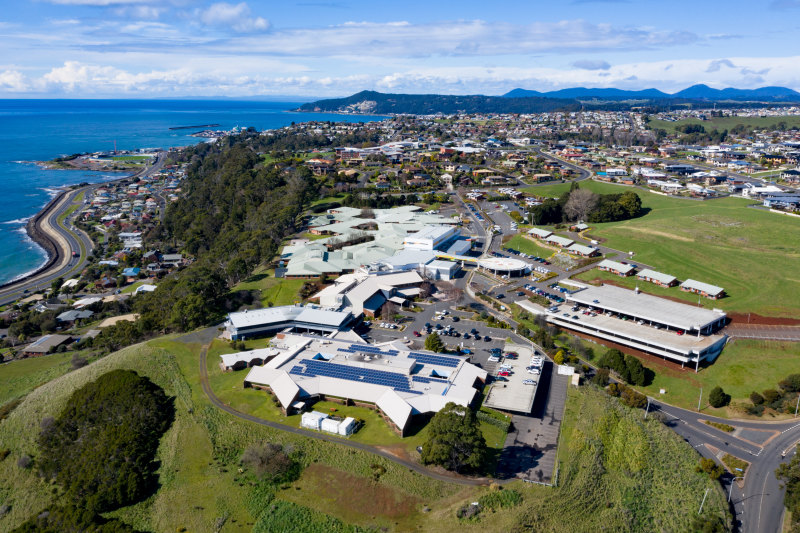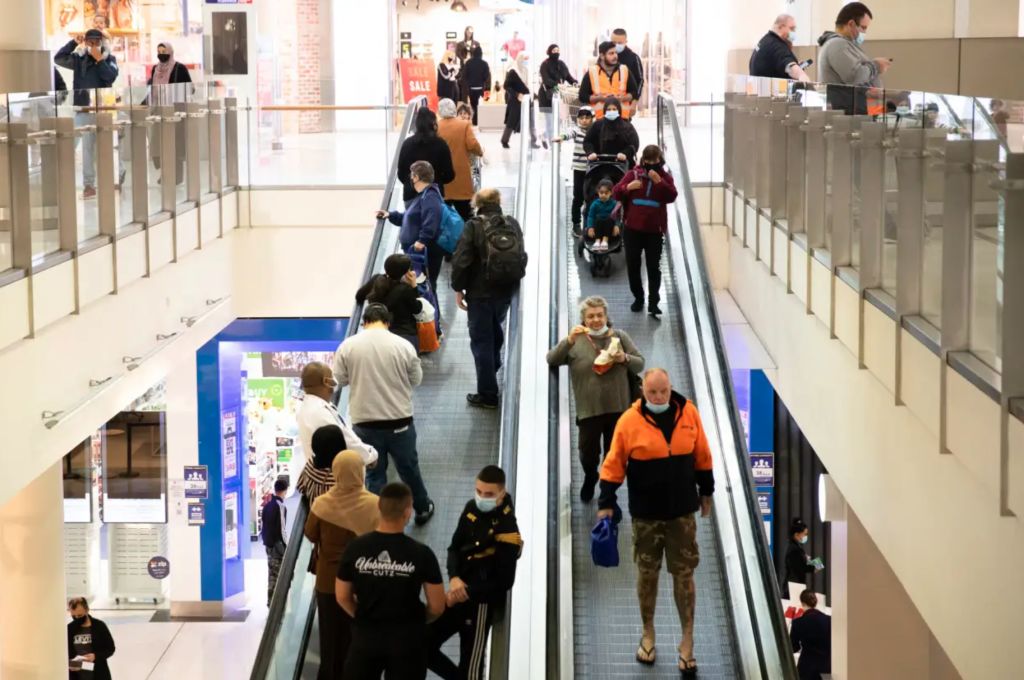
Westfield shopping surges after two years of festive lockdowns
Retail sales at Westfield malls across the country have bounced higher, by an inflation-beating 15.6 per cent in the September quarter on their pre-pandemic levels as cashed-up shoppers are confident enough to keep on spending.
The third quarter trading update from ASX-listed Scentre, the owner and manager of 42 Westfield malls around the country, is the first from its new chief executive, and former chief financial officer, Elliott Rusanow who said the upsurge in sales figures augurs well for the festive season trading.
Specialty sales picked up 12.9 per cent in the first three quarters of the year, compared with 2019, indicating that retailers’ trading results have accelerated in the last quarter alone. All that activity at the till comes as customer visits surged, up 16.7 per cent to 391 million so far this year, compared with a year earlier.
Mr Rusanow expects individual visits across the malls portfolio to hit 500 million by the end of the year, promising a strong fourth quarter for the Westfield portfolio.
“This is going to be the first festive season in three years where people won’t have restrictions placed on them,” he told The Australian Financial Review.
The uplift is less a case of “revenge shopping” a more the result of a “structural improvement” in what Westfield customers are doing with their time and money after two years’ of rolling lockdowns, he said.
And if freedom from restrictions is what is pulling more shoppers into its malls, then the push, according to Mr Rusanow, is that fact that other discretionary spending options such as travel are now relatively more expensive.
“We compete very well in that competition for the time and attention of people because we in effect, offer free entertainment as well as a place to go to around the festive season,” he said.
“The level of savings that has been accumulated over that two-year period over 2020 and 2021 is a very large amount of money. It’s not all being redeployed back into other things that they might have traditionally been spending on. The consumer is in a very healthy position.”
That level of spending has flowed through the financial health of Scentre’s tenants. The shopping centre owner has collected $1.92 billion in rent so far this year, an increase in $235 million over the comparable period last year. The rent collection tally represents more than 100 per cent of billings, a sign that Scentre is catching up on rent owed.
While the strong sales figures themselves incorporate some impact from inflating prices, Mr Rusanow is confident that consumers will keep up their level of spending in Westfield even as living costs rise.
“They are concerned about the rising cost of living but the impact of that on our business is less than what it might be on other forms of spending,” he said.
Scentre’s leases are set up to include CPI-linked increments, giving the landlord a buffer against inflation, but also putting pressure on its retailers to maintain their sales growth sufficiently to support their rents. Scentre does not update its re-leasing spreads – a key metric showing the difference between old and new leases – at the third quarter, but Mr Rusanow said they were continuing to improve.
Scentre has reconfirmed its earnings guidance for a 14.2 per cent growth in funds from from operations to 19¢ per security for 2022, with distributions of at least 15¢, up 5.3 per cent.
“Scentre’s guidance looks conservative on the back of today’s positive metrics,” Morgan Stanley analysts wrote.

